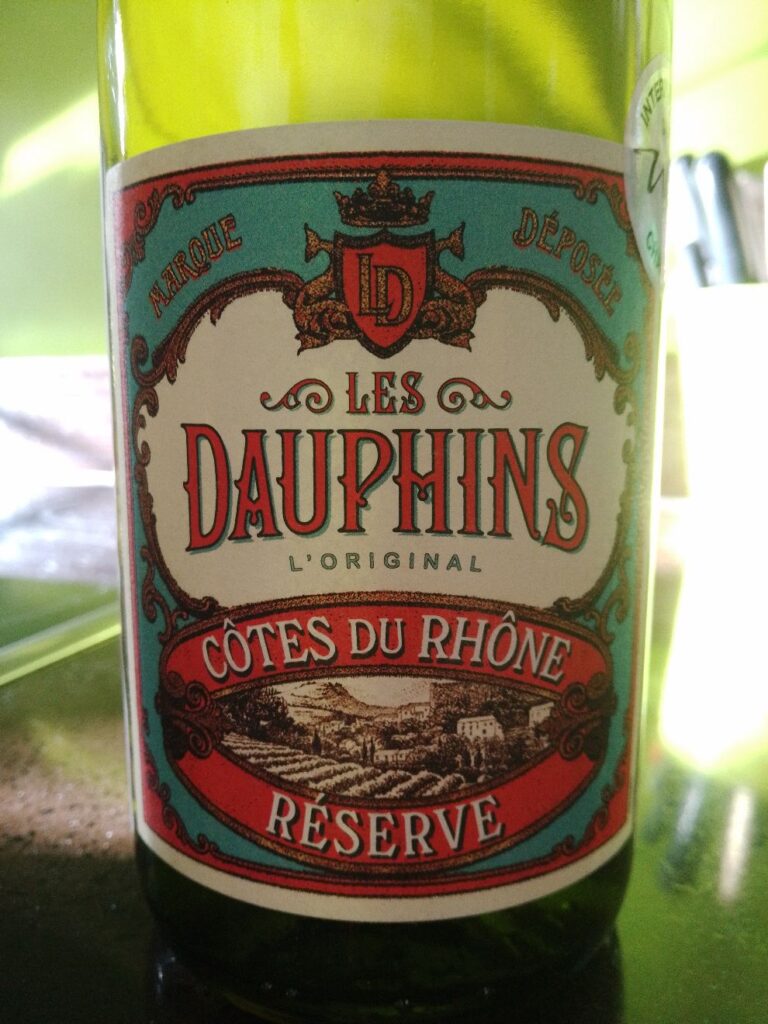
Les Dauphins is a range that draws inspiration from the vibrant energy of the 1920s, evoking an era when Paris pulsed with culture and creativity. This was also the time when co-operatives began to take root and the wines from the Dauphiné corner of the Rhône Valley found favour among the capital’s bistro-goers. The wine is made by the Unions des Vignerons des Côtes du Rhône, a collective with over six decades behind it.
This 2024 vintage blends 50% Grenache Blanc, 40% Viognier and 10% Marsanne, sourced from vineyards around the village of Tulette in south-eastern France. While the area is more often associated with reds, this white breaks the mould. The unusually high 14% ABV comes courtesy of generous sunshine, lending a richness that becomes apparent in the glass.
Aroma-wise, it has an inviting mix of stone fruits, tropical hints, white flowers and a gentle whisper of honey. It has a pale to medium lemon colour, giving just a clue to what follows. On the tongue, it delivers a lovely rounded expression with touches of honey, layered with kiwi and ripe stone fruit, finishing with a light almond twist. There’s a full-bodied mouthfeel and medium to elevated acidity that carries the flavour well. A lightly flinty-almond touch lingers on the finish, adding intrigue. There’s a lot happening here, but I found it more enjoyable when sipped on its own, where the layers can be fully appreciated without food distracting from the experience.
A Silver Medal at this year’s International Wine Challenge confirms its appeal. Priced at £10 in Waitrose and slightly less at £9.50 via Ocado, it offers great value.
Until 31st December 2025, each bottle comes with the chance to win a ‘joie de vivre’ weekend in Paris. Just upload proof of purchase to enter. Weekly prizes of £50 UK bistro vouchers are also up for grabs.













